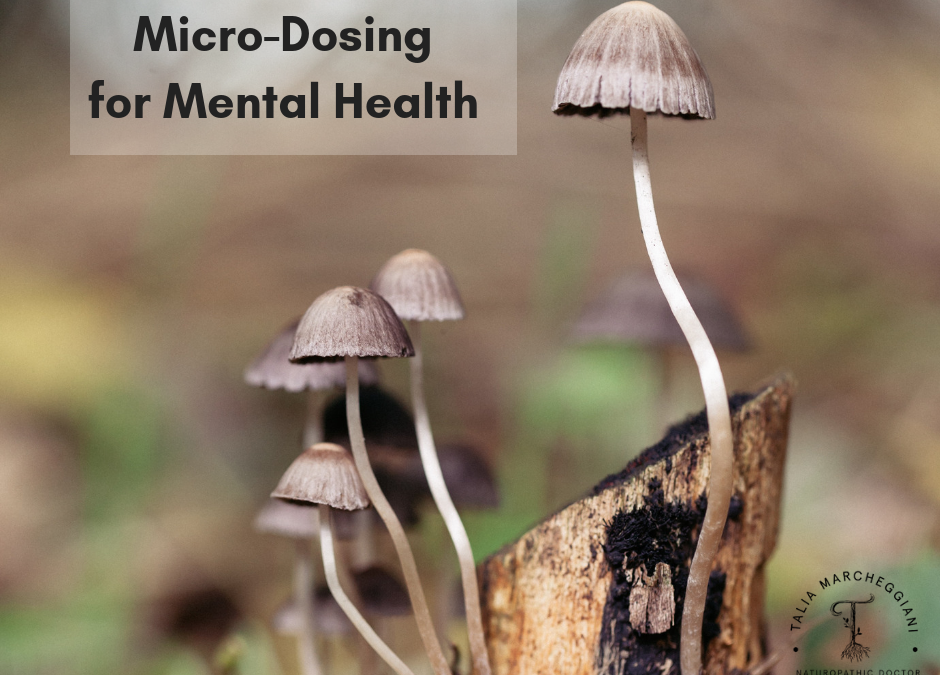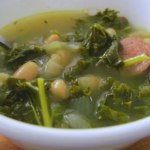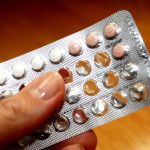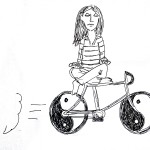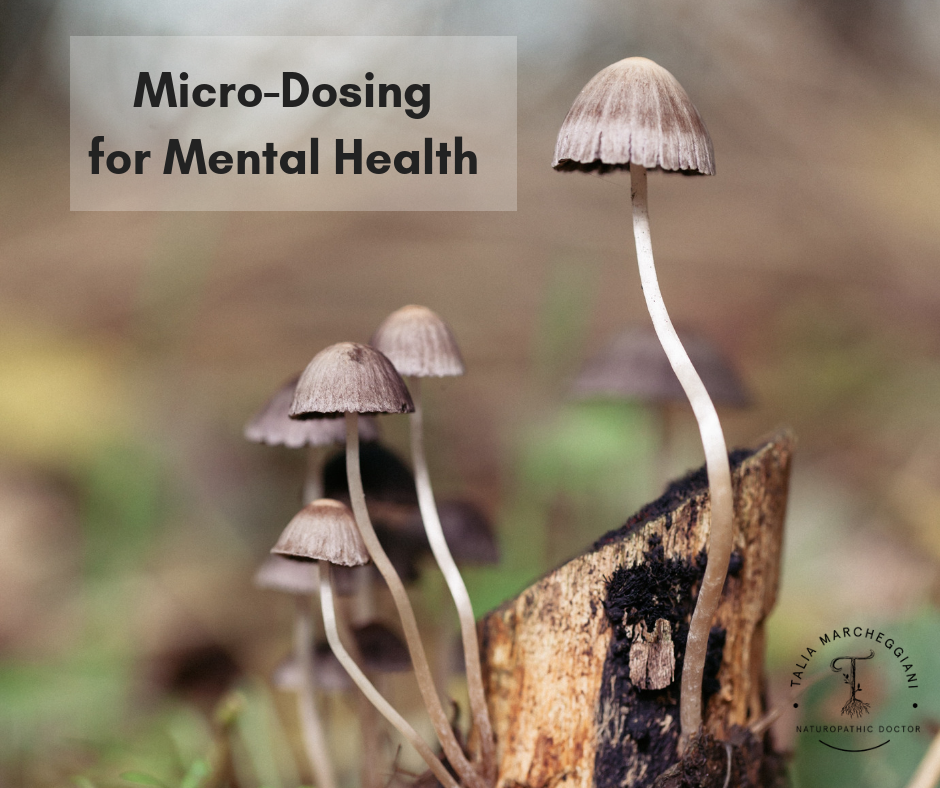 This article is for informational purposes only.
This article is for informational purposes only.
My friend Nelson (not his real name) was depressed.
Depression frequently came in and out of Nelson’s life, but this last bout was the worst.
Severe job stress compounded by issues with his relationship sent Nelson into a downward spiral, leaving him broken, sobbing and exhausted after engaging in the simplest of tasks.
Sadness and a feeling of doom rushed in to greet him at the end of each sleepless night. Nelson gained weight, despite never truly feeling hungry. His face appeared sunken and swollen. Despite sleeping 14 hours a day, dark circles hung under his eyes.
Since focusing and concentrating on work was impossible, he asked his psychiatrist to help him apply for mental health leave. Nelson was granted sick leave, as well as a prescription for Effexor, and a recommendation to get as much rest as possible.
After a year, Nelson felt worse. When rest and the medication weren’t working, he started exercising vigorously. He hired a nutritionist who cleaned up his diet, and he started taking fish oil and a B complex, among other supplements.
Even then, he still struggled. The hopelessness was still there. Returning to work at this point seemed impossible.
Nelson opened up to a friend about his struggles.
“I went through a similar thing a few years ago,” Nelson’s friend confessed. “And the thing that helped the most was micro-dosing.”
Micro-dosing, taking small doses of psychedelic substances, like LSD or psilocybin-containing “magic” mushrooms, entered the public consciousness in early 2015, after James Fadiman, PhD and author of The Psychedelic Explorer’s Guide, appeared on the Tim Ferris Podcast.
It involves taking a “sub-perceptual” dose of a hallucinogen, like LSD or Psilocybe cubensis “magic” mushrooms, that contain the hallucinogen psilocybin. A sub-perceptual dose means that, while these substances still exert effects, they don’t produce a noticeable hallucinogenic “high”.
According to Paul Austin at the The Third Wave, people micro-dose for two main reasons: to remove negative mood states, such as depression, anxiety, PTSD, addiction, and ADD; and to increase positive mood states such as flow, creativity, improved productivity and focus, and sociability.
Micro-dosing has been used experimentally in individuals trying to quit smoking and to heal depression.
After listening to the podcast and reading some of the articles his friend sent him, Nelson managed to obtain capsules containing 200 mg of dried psilocybin mushrooms. Procuring these substances is still illegal, but Nelson figured he had nothing to lose.
When I caught up with Nelson, he was already a few weeks into his micro-dosing regimen. I asked him how he was doing.
“I’m actually feeling better than I have in months,” he told me, smiling. “I’m not passing out on the couch anymore. I wake up at 7 every morning without an alarm. I feel optimistic for the first time in months. And it seems to be consistent!
“This week I’ve managed to attend three social events and I seem… more motivated. My workout game improved too. Also, I’m not sure I’m ready to go back to work just yet but I’ve noticed my motivation has picked up. So much so that I’ve started taking free programming courses online. I—I can’t really believe it.”
Research on Psychedelics for Depression
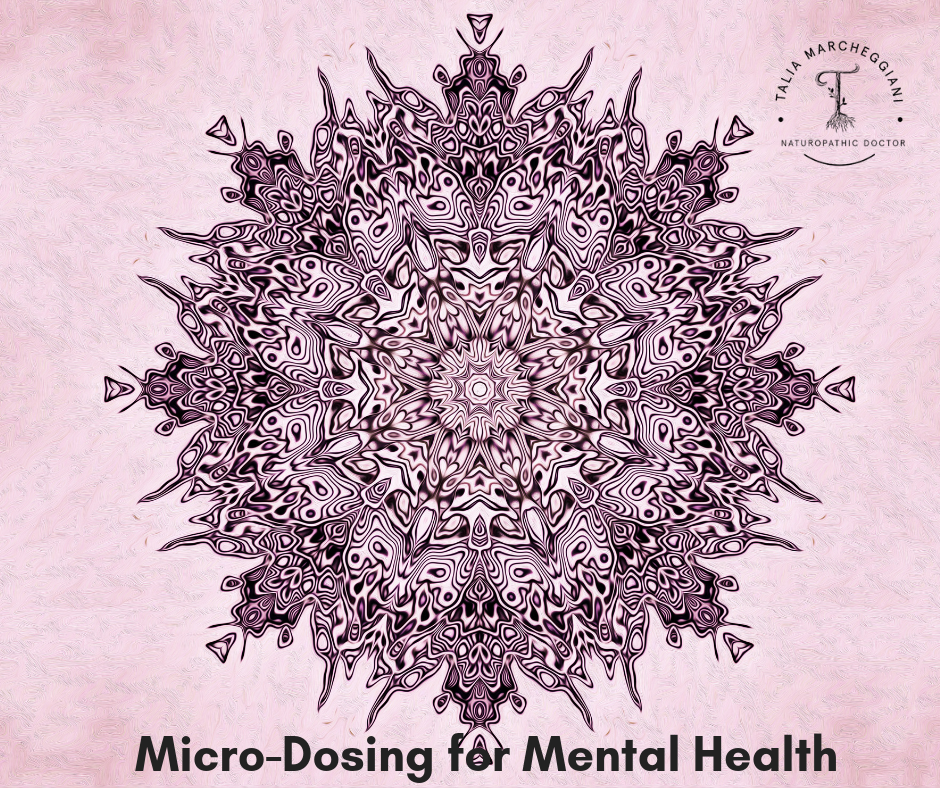 Unfortunately, we can’t draw any sound conclusions from Nelson’s experience; scientific data from randomized control studies is still lacking. However, the growing collection of anecdotes on the benefits of micro-dosing for mental health and well-being has caught the attention of researchers.
Unfortunately, we can’t draw any sound conclusions from Nelson’s experience; scientific data from randomized control studies is still lacking. However, the growing collection of anecdotes on the benefits of micro-dosing for mental health and well-being has caught the attention of researchers.
Thomas Anderson, a PhD candidate at the University of Toronto, polled almost one thousand participants on social media channels and message boards, like Reddit, to gather some initial data on the benefits and drawbacks of micro-dosing hallucinogens.
The micro-dosers that Anderson and his team polled reported higher levels of creativity, and improved mood and focus. They claimed to notice a reduction in depression and anxiety symptoms, increased motivation to eat right and exercise, cognitive enhancement, improved self-efficacy and heightened social functioning.
They reported that the main drawback they experienced was obtaining these substances, which are currently illegal in The US and Canada.
Although interesting, this self-reported data isn’t hard science. To increase objectivity, Anderson and his team presented the participants with tests of creativity (finding out how many uses they could find for common objects, for instance) and questionnaires that measured wisdom. The micro-dosers scored high on both these metrics. They also scored lower in tests that measured negative emotion.
Anderson and his colleagues plan to publish these preliminary findings in a series of papers. They are currently in the process of obtaining Health Canada approval for a controlled study.
Psychedelic research was terminated in the 1960’s, leaving a massive knowledge gap of their therapeutic potential. But now, with the publication of Fadiman’s Psychedelic Explorer’s Guide and Michael Pollen’s even more recent How to Change Your Mind, psychedelics are receiving a fresh surge of interest, particularly for their mental health benefits.
One of the prominent names in this new-wave research community is Robin Carhart-Harris, PhD, at Imperial College London, who is investigating psilocybin as a treatment for severe depression.
Published in a 2016 issue of Lancet Psychiatry, Carhart-Harris administered two doses (one small and one moderate) of psilocybin, spaced one week apart, to twelve patients with Major Depressive Disorder. The doses were administered in a controlled, therapeutic setting, and symptoms were rated immediately after therapy, and then again at one and three months.
The study results were remarkable. Five of the twelve patients dropped from “severe depression” to “no depression” immediately after receiving the second dose. All of the study participants experienced an overall reduction in symptoms with five of the study participants remaining depression-free after three months.
Roland Griffiths, Phd, at John Hopkins, is involved in a number of studies examining psilocybin’s ability to induce mystical experiences in terminally ill patients.
In a 2016 randomized, double-blind, placebo-controlled crossover trial published in the Journal of Psychopharmacology, he and his team found that administering high-dose psilocybin to terminally ill cancer patients increased mood, quality of life and optimism, and decreased death anxiety. These benefits were sustained at the six month follow-up. Over 80% of the study participants claimed to experience greater life satisfaction and feelings of well-being.
How Psychedelics Work to Boost Mood
LSD, psilocybin, and other psychedelics, work like serotonin in the brain by acting on serotonin receptors, specifically the 5HT2A serotonin receptors.
Like psychedelics, anti-depressant medications, like SSRI and SNRI medications (Selective Serotonin and Selective Serotonin and Norepinephrine Re-uptake Inhibitors), Cipralex and Effexor, respectively, also work on serotonin pathways. However, these medications’ effects are limited: some people improve on them, while others feel no different, or even worse.
SSRI and SNRI medications activate 5HT1A receptors. According to Carhart-Harris, this makes a difference. In his paper on the “Bipartite Model of Serotonin Signalling” he proposes that these receptor pathways help people cope differently.
5HT1A receptors, acted on by anti-depressants, help with “Passive Coping”. They help individuals with depression tolerate the stress in their lives, be it a toxic work environment or destructive relationship—nothing has changed about the situation, you can just deal with it better.
Psychedelic stimulation of 5HT2A receptors activate pathways involved in “Active Coping”: identifying and directly addressing sources of stress. Active coping might mean asserting boundaries at work or applying to new jobs. It might look like ending an unhealthy relationship.
In other words, 5HT2A receptors stimulate neural pathways that reveal previously elusive solutions to problems. They do this by increasing a chemical called Brain-Derived Neurotropic Factor, or BDNF.
BDNF promotes the growth of new brain cells and neural pathways in the brain. These processes, called “neurogenesis” and “neuroplasticity” , are essential for learning, creativity and memory. Research shows that increased neuronal plasticity benefits mood.
Psychedelics also work by disconnecting the brain’s Default Mode Network. The Default Mode Network, or DMN, connects frontal areas of the brain, such as the Medial Prefrontal Cortex, with lower brain areas like the Posterior Cingulate Cortex.
When we’re daydreaming, stuck in traffic, sitting in a waiting room, or otherwise not actively engaged in a mental task, our DMN lights up. In these quiet moments, we lapse into a state of reflection and self-referential thinking. In other words, our minds wander.
If we’re in a good mood, this mind-wandering creates narratives, daydreams and fantasies about the future. If we’re depressed, it leads to rumination, negative over-thinking, and self-criticism, which worsens mood.
Disrupting the DMN allows old thought patterns to fall away, opening up novel possibilities.
Activating Flow States
Shutting off the DMN can help us enter a state of Flow. Flow states occur when we are completely immersed in an activity so worthwhile that our sense of time and self cease. When in flow, we toe the limits of our talents, making these states incredibly rewarding and enriching. They are the antithesis to depressive and anxious mood states.
Psychedelic substances, along with other practices like meditation, help put us in a state of flow. These states are characterized by elevated levels of serotonin and dopamine and calming and focussing alpha brain wave oscillations. When in them, we become capable of incredible things.
In The Psychedelic Explorer’s Guide, James Fadiman writes about “Clifford”, a premed student. Clifford shares,
“I was taking a biology course to prepare for medical school, and we were studying the development of the chick embryo…I realized that in order to stay alert, a tiny dose of LSD could be useful.
“With that in mind, I licked a small, but very potent, tablet emblazoned with the peace sign before every class. This produced a barely noticeable brightening of colours and created a generalized fascination with the course and my professor, who was otherwise uninteresting to me.”
Due to some health issues, Clifford ends up missing the final exam. His professor agrees to a make-up. Before the exam, Clifford pops the rest of the now-tiny LSD tablet into his mouth.
The make-up exam consists of drawing the complete development of the chick from fertilization to hatching—the entire course.
“As I sat there despondently, I closed my eyes and was flooded with grief. Then I noticed that my inner visual field was undulating like a blanket that was being shaken at one end. I began to see a movie of fertilization!
“To my utter amazement, I was able to carefully and completely replicate the content of the entire course, drawing after drawing, like the frames of animation that I was seeing as a completed film!
“It took me an hour and a quarter drawing as fast as I could to reproduce the twenty-one-day miracle of chick formation. Clearly impressed, my now suddenly lovely professor smiled and said, ‘Well, I suppose you deserve an A!’ …the gentle wonder of life was everywhere.”
While impressive, Clifford’s account, like Nelson’s, is merely an anecdote. Far more research is warranted.
Micro-Dosing for Mood
Micro-dosing allows individuals to tap into the 5HT2A receptor-stimulating, BDNF-increasing, DMN-uncoupling, and flow state activating benefits of psychedelics, without the mind-stabilizing effects.
At a sub-perceptual doses there are no weird colours and visuals, alternate realities, or ego deaths. Micro-dosers report that the world merely appears brighter, or that they feel “sparklier”—they experience greater well-being. Otherwise, they can proceed with their lives normally.
Fadiman’s micro-dosing protocol consists of taking a tenth of a full dose, about 10 to 20 mcg of LSD, or 200 to 500 mg of dried-weight psilocybin mushrooms, every three days. This means that if the first dose is taken on Monday (Day 1), then the second dose is taken on Thursday (Day 4). According to Fadiman, spacing doses avoids tolerance, keeping the doses effective.
Participants are encouraged to engage in their daily activities: working, eating, sleeping and exercising normally.
Fadiman recommends participants keep a record of mood, cognition, motivation and productivity. People often report that they feel the best on Day 2, the day after taking a micro-dose.
Drawbacks to Micro-Dosing
In my role as a naturopathic doctor, I can’t recommend or counsel on the use of psychedelic substances for the treatment of any health condition. While the scientific interest in their use as therapeutic agents is growing, these substances are illegal to obtain and possess, and there is a lack of solid research on their safety and efficacy.
As of right now, the only way to legally access psychedelic therapies is through research. MAPS, the Multidisciplinary Association for Psychedelic Studies, often lists recruitment opportunities for ongoing studies. Thomas Anderson, at the University of Toronto, is in the stages of obtaining Health Canada approval for a randomized control trial on the benefits of micro-dosing in healthy volunteers.
Like all therapies, there are risks to taking these substances, even at low doses. While LSD and psilocybin confer a low risk for addiction and are ten times less harmful than alcohol (the harm scores of LSD and psilocybin are 7 and 5, respectively, compared to 72 for alcohol), they are not completely benign.
Psychedelics can aggravate schizophrenia, psychosis, dissociation, severe anxiety, and panic. They can also interact with medications and supplements that act on serotonin pathways. Their effects at high doses can be disorienting and oftentimes unpleasant: in the studies that showed positive benefit, they were administered under careful supervision, in a therapeutic set and setting.
Our society’s mental health is in crisis. As a clinician who focuses on mental health, I am always excited to learn of new therapies that have the potential to heal mood. With Canada’s 2018 legalization of cannabis, gateways are opening for future uses of psychedelics as medicine. Perhaps with more research and advocacy, we’ll one day see micro-dosing of psychedelic substances as a safe and effective mainstay therapy for promoting mental and emotional well-being.

